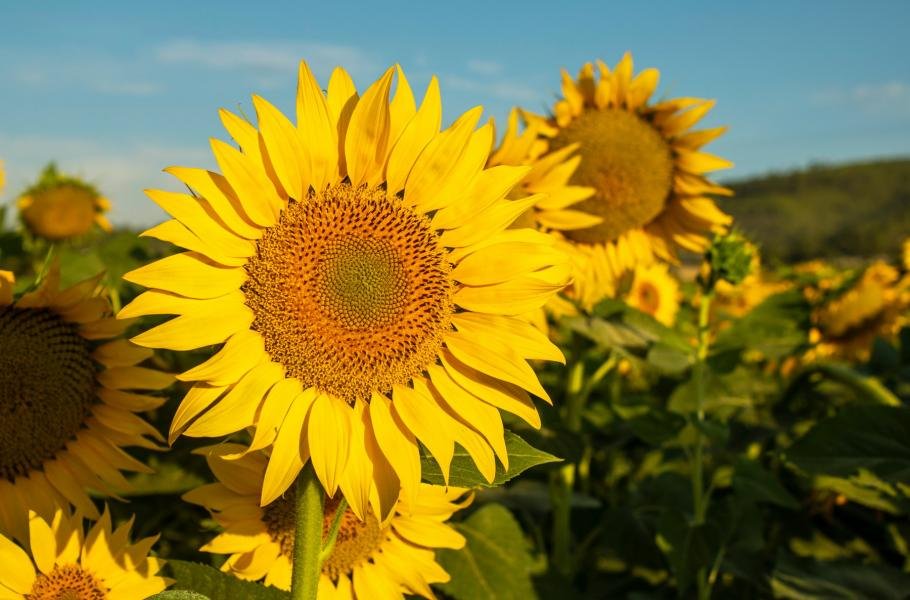Although plants cannot walk to find a suitable place to live, they use other mechanisms – for example, they can orient themselves in the direction of the sun’s rays. Sunflowers are especially famous for this ability. However, according to a new study, they resort to a different method than other greens.
Not only in the Czech naming of sunflowers, the characteristic feature of the mentioned plants originating from North America was reflected: The link to the sun is also mentioned in the Polish słoneznik, the French tournesol, the Spanish girasol and the English sunflower, as well as the technical generic name Helianthus, based on the name of the Greek sun god. In the botanical realm, the term heliotropism refers to the rotation following the sun’s rays, typical of sunflowers.
Before the bees fly
However, heliotropism also applies to other species: The vast majority of plants can respond to light in some way, either positively or negatively – in other words, they lean towards it or away from it. This is due to proteins called phototropins, which register the amount of incident blue light and, on the basis of this, allow the greens to adapt to the current light conditions.
An earlier study showed that sunflowers have their own circadian clocks that anticipate sunrise and coordinate bud opening with the arrival of pollinating insects in the morning. The east and west sides of the stem then grow at different rates during the day and at night, so as a result the yellow heads face east in the morning.
However, adult plants remain in the same position regardless of the time of day: Heliotropism only affects young individuals with undeveloped buds, whose stems are still flexible enough. As soon as the sunflower reaches a certain age and its flower develops, the cells of the stem become slightly woody and no longer allow rotation.
Probably more ways than one
In a recent experiment, a team of Californian scientists investigated which genes are switched on when exposed to a light source. The researchers compared plants grown outdoors and indoors: In the laboratory, the sunflowers were grown directly in the light, so genes associated with phototropin were activated. In the outdoor environment, however, the experts did not notice any difference in the amount of said protein between the two sides of the stem. However, when the sunflowers were moved from the laboratory outside, they showed a huge increase in gene expression on the shaded side on the very first day.
Additionally, no response occurred when blue, ultraviolet, or red radiation was blocked using shielding boxes. According to the researchers, there are probably multiple pathways responding to different wavelengths of light. „The photoreceptors that cause plants to bend appear to play only a minor role in this remarkable process,“ summarizes one of the authors of the study, Stacey Harmer.




